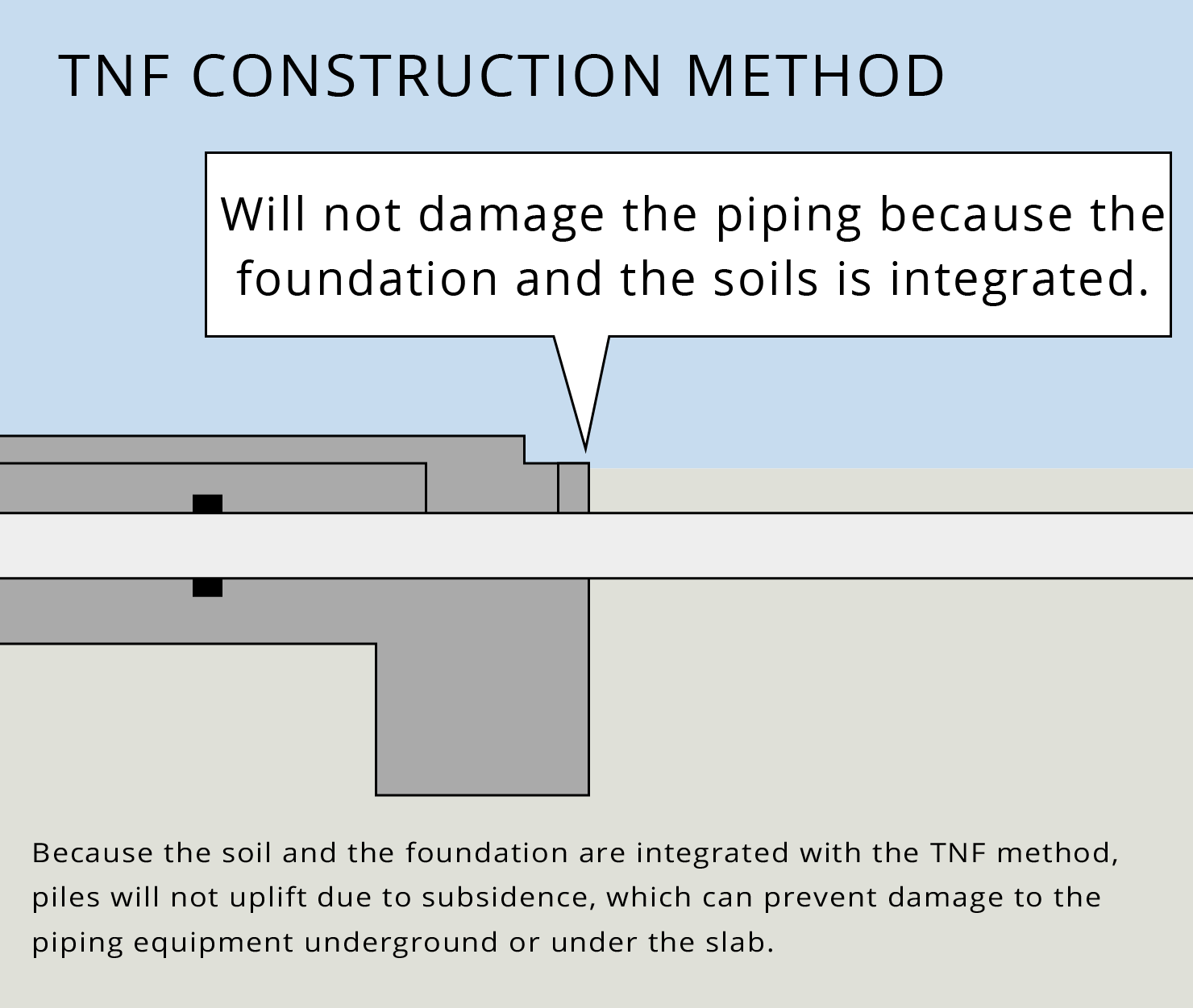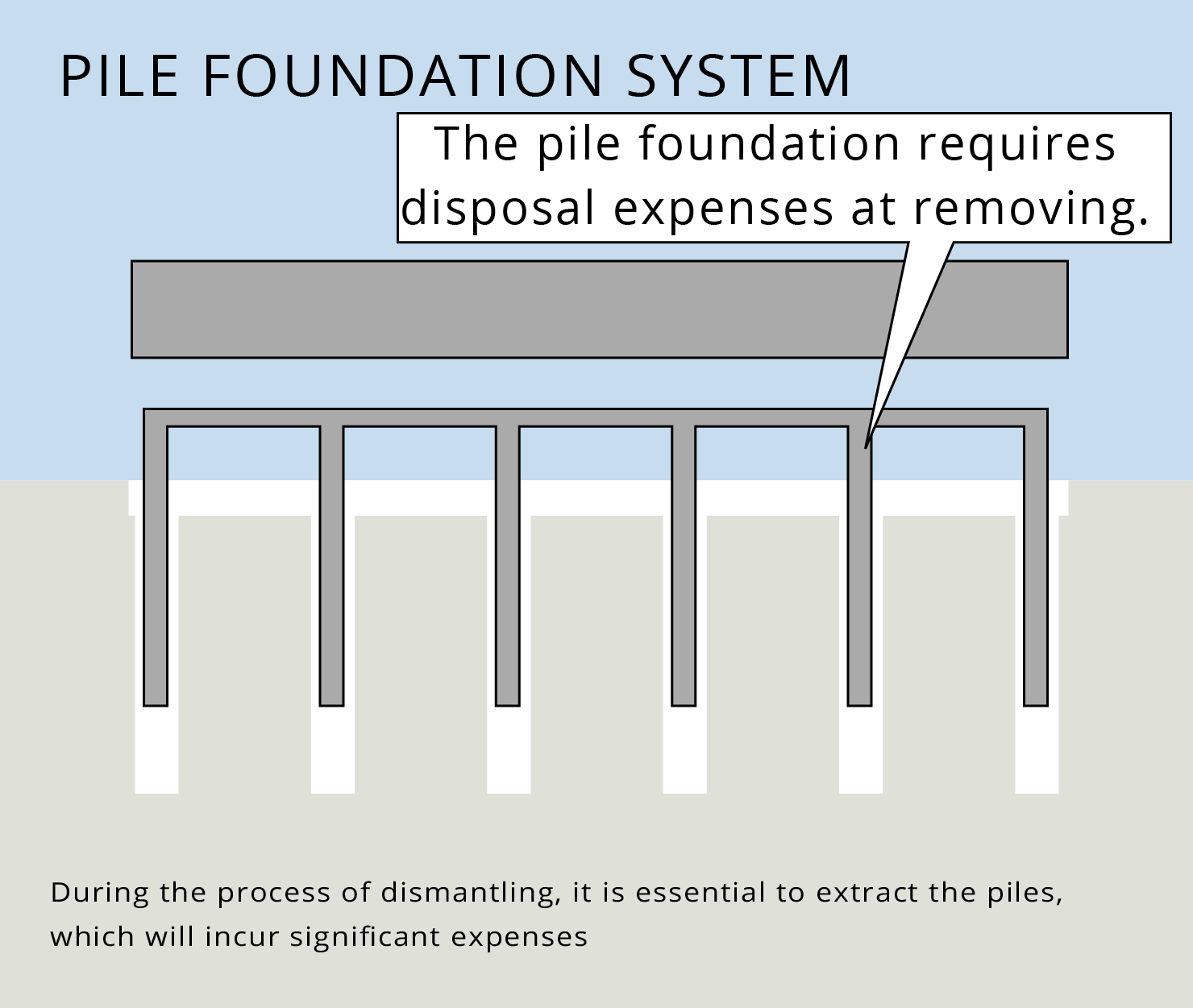Overview of TNF method
TNF construction method is a grid pattern structure integrating the foundation and the ground inprovement layer.
T – Tender
N – Net
F – Foundation
Patent
Special foundation methods for soft ground conditions
Patent No. 3608586
Acquisition date: October 22, 2004
Examination certification
Quality inspection method using SWS test for TNF construction technology for civil and industrial projects.
Certificate: BL examination certificate-031
Acquisition date: December 2017



























 " alt="">
" alt="">
 " alt="">
" alt="">
 " alt="">
" alt="">